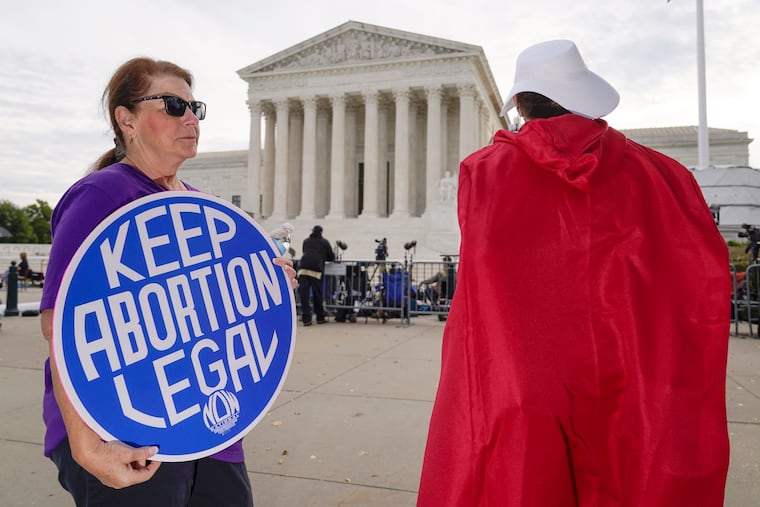There is no compromise on abortion | Opinion
Family-friendly policies provide common ground for advocates on both sides to move forward without trampling fundamental rights or threatening health.

Family-friendly policies provide common ground for advocates on both sides to move forward without trampling fundamental rights or threatening health.
